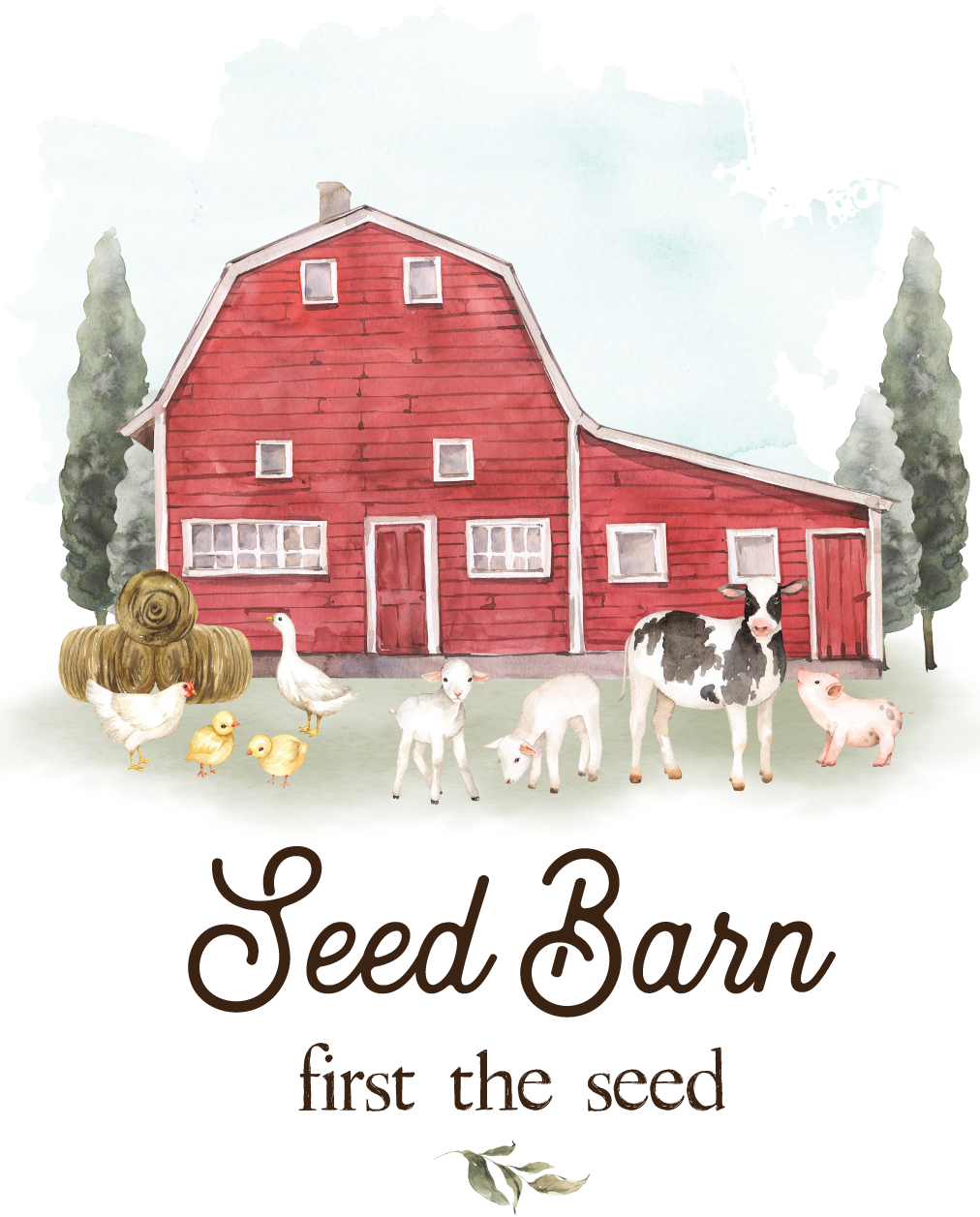Limited Time Free Shipping On The Entire Store
Tel: 813 540 2000 | Mon - Fri 8am - 5pm Est. | Email: support@seedbarn.com
Seed Rate at 6 - 9 lbs. seed/1000 sq. ft.
Perennial Ryegrass is used all over the world as a valuable species for turf.
Its general characteristics of excellent wear tolerance, fast germination, and quick establishment are highly valued.
On the other hand, its limited drought tolerance and demand for good management (including fertilization and frequent cutting) restrict the usage of the species in certain regions and for certain purposes.
Skillful breeding has led to a wide range of varieties which differ in such characteristics as wear tolerance, winter-hardiness, color, disease resistance, sod density, growth rate, and heat and drought tolerance.
Qualities:
Mowing
Fertilizing
Planting
Irrigation
If used to overseed warm-season grasses, water deeply and less often in the spring to encourage the growth of warm-season grasses coming out of dormancy.
your seeds grow faster and the grass looks great
your seeds grow faster and the grass looks great
Top Notch Guarantee
Fast Free shipping
Traditional Farmers
OMRI Listed Products
By clicking “Accept All Cookies”, you agree to the storing of cookies on your device to enhance site navigation, analyze site usage, and assist in our marketing efforts.
